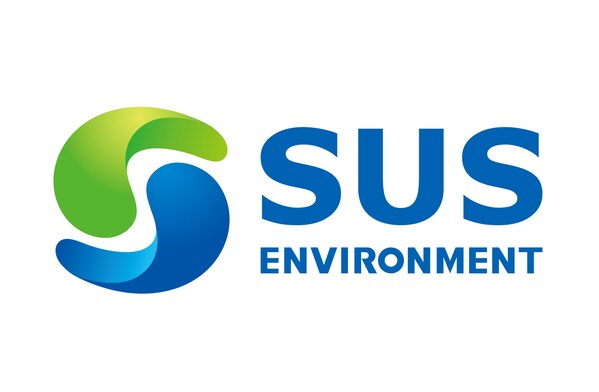 |
SHANGHAI, Jan. 13, 2025 /PRNewswire/ -- As the world's population grows and industrialization accelerates, the conflict between energy and the environment is intensifying. The search for a balance between energy supply and environmental protection has become a crucial issue for global sustainable development.
In January 2025, SUS ENVIRONMENT launches new global brand identity. This renewal improves the brand image and enriches the brand connotation, bolstering its commitment to global sustainable development.
PART 1: Logo Renewal
The abbreviation "SUS"," which is derived from "sustainable"," emphasizes the company's mission to create a cleaner and more friendly living environment through waste-to-energy solutions. Inspired by the traditional Chinese Tai Chi diagram, the graphic incorporates the concept of cyclic generation, shows the characteristics of energy recycling and expresses the brand endless vitality.
PART 2: Mission Connotation Expansion
The refreshed brand highlights SUS ENVIRONMENT'S unwavering focus on stakeholder benefits:
PART 3: Brand Colors
The primary colors of SUS ENVIRONMENT are blue and green to symbolize technological innovation and environmental protection. They are complemented by metallic gold and technical silver to convey high quality and stability. Together, these colors embody the core values of the brand: Professionalism, Innovation, Vitality, and Trustworthiness.
The new global brand identity heralds the next chapter for SUS ENVIRONMENT. In the future, SUS ENVIRONMENT will leverage its strength to make the world a better place.
About SUS ENVIRONMENT
SUS ENVIRONMENT is the world's largest provider of waste incineration equipment and technology, as well as one of the top three investors and operators of waste-to-energy projects (low-carbon Eco-industrial parks) globally.
As of June 2024, SUS ENVIRONMENT has established 10 management centers worldwide, providing environmental and energy services to over 100 million people. It has invested in and constructed 84 waste-to-energy projects (low-carbon Eco-industrial parks), with a daily processing capacity 110,000 tons of municipal solid waste and annual green power generation of approximately 18,000 GWh. Its equipment and technology are applied in 277 waste-to-energy plants across the world, comprising 518 incineration lines, with a daily capacity 290,000 tons of municipal solid waste.